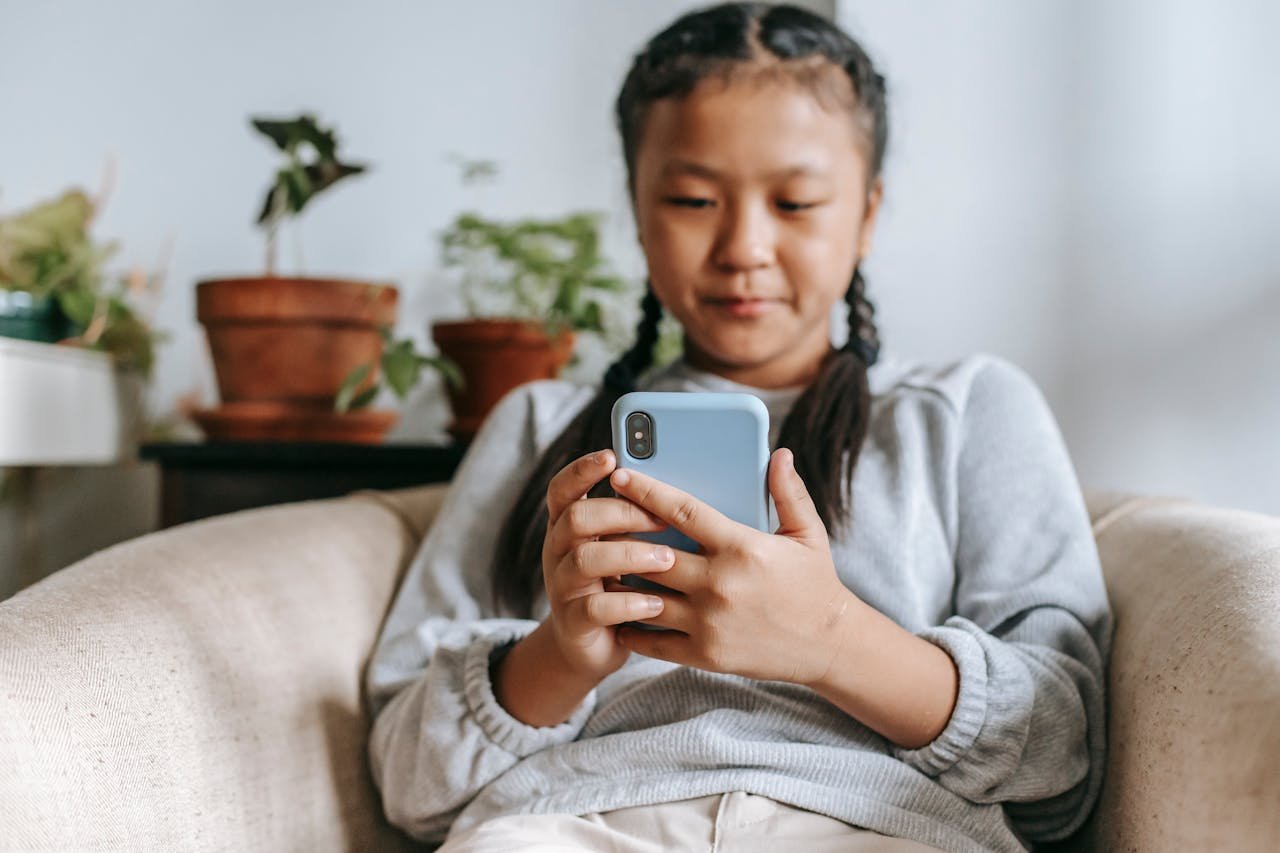15th May 2024- As we often see children are spending more time than ever glued to screens, whether it’s smartphones, tablets, computers, or televisions. While technology has undoubtedly brought convenience and entertainment into our lives, there’s growing concern about its impact on children’s eye health. Recent studies have shown a significant correlation between excessive screen time and the development of myopia, also known as nearsightedness, among children and teens.
Myopia is a common eye disorder characterized by difficulty focusing on distant objects, resulting in blurred vision. With the widespread use of smart devices and computers, children are increasingly exposed to prolonged periods of close-up activities, such as gaming, social media browsing, and online learning, which can strain their eyes and contribute to the onset of myopia.
A recent study revealed statistics, indicating that excessive screen time can increase the risk of myopia by nearly 80% in children and teenagers. Once myopia sets in during childhood, vision deterioration tends to progress rapidly, highlighting the immediate and long-lasting impacts on children’s vision health.
There are two types of myopia: high myopia and low myopia, distinguished by the severity of nearsightedness experienced. Regardless of the type, myopia tends to worsen with age, stabilizing only as individuals enter adulthood. With myopia on the rise among younger generations, it’s crucial to address the root causes, including excessive screen time.
The COVID-19 pandemic caused the issue, as lockdowns and remote learning led to increased reliance on technology for everyday activities and entertainment. Studies have shown a sharp increase in myopia development among children aged 6-8 during the pandemic, with the prevalence of nearsightedness soaring to levels significantly higher than in previous years.
While technology has become indispensable in our daily lives, it’s essential to set limits on children’s screen time to mitigate the risks associated with myopia. Encouraging outdoor play, promoting healthy sleep habits, and fostering in-person social interactions are crucial for overall well-being.
Screen use can lead to dry and irritated eyes, as individuals tend to blink less frequently when concentrating on a screen. This can disrupt the tear film on the eye surface, essential for clear vision, and cause discomfort, especially for children.
To combat the adverse effects of increased screen time on children’s eye health, parents should prioritize regular breaks from screens, encourage outdoor activities, ensure proper lighting and avoid direct eye contact when using digital devices. Scheduling routine eye tests can help detect early signs of myopia and other vision problems, allowing for timely intervention and management.
